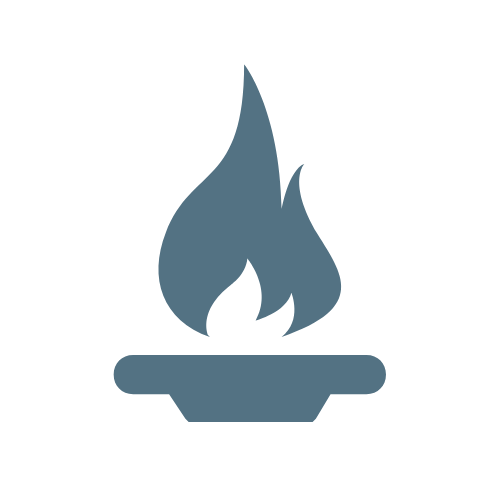"Applied on a large scale in the USSR before the war, the starvation of Romanians and of the other nations in the countries occupied by the soviets in Central and Eastern Europe spoke volumes to the world about the true face of the so called humanism of the Marxist- Leninist doctrine, the ideology that gave birth to communism." -- Radio Romania International
Our guest Andy Ionescu lived through decades of socialism and eventually, communism in Romania. He experienced mass indoctrination in the Romanian army and saw the 1989 Romanian Revolution take place, firsthand. After the 1989 Revolution, communism was outlawed in Romania after 42 painful years of rationing, famine, tyranny, oppression and death.
After World War II ended, Romania fell under the influence of the USSR during the 1946 election cycle because the Soviets intervened on their behalf. On November 19, 1946 after the conclusion of World War II, the Romanian Communist Party rigged the elections and a year later proclaimed their Communist regime. Before this, the country was led by the pro-soviet Groza government.
Romanians were in a post-war crisis, opposition was being persecuted, and violence was happening all over the country. It’s a textbook case of abuse perpetrated by a totalitarian regime. They replaced the ballot boxes and reversed the results of 78% for the National Peasant Party and the National Liberal Party and 22% for the communist-led alliance. The pro-Soviet government reversed the results in order to claim victory and everything that followed was a result of that election. And as Andy quotes Stalin, “It doesn't matter who votes, but who counts the vote.”
In 1947, the Communist party officially overthrew King Michael which led to Prime Minister Gheorghe Gheorghui-Dej taking power. When Nicolae Ceaușescu joined the Romanian Communist party in 1932, no one at the time thought he would be the last communist dictator in Europe.
In the early 1950’s, Ceausescu was promoted to the Central Committee and after Gheorghui-Dej died, in 1965, he was promoted to the General Secretary of the Communist Party. Soon after his promotion, he declared Romania a Socialist Republic, rather than a People’s Republic. He centralized power by appointing himself the President of State Council and imprisoned his political opposition.
Like a typical communist, Ceaușescu began to make political deals that were designed to show himself as an “open and practical communist leader.” Despite the international image he wished to project, Ceaușescu created a communist economy that relied heavily on peasants and industrialization.
Throughout his reign, Ceaușescu increased his support and further embraced the Juche ideology, a political philosophy that originates from North Korea. It’s a blend of ideas based on Marxism-Leninism, self-reliance, opposes foreign influence and characterizes the leader as the “eternal head of the state”, a Messianic liberator of humankind. He did not hesitate to distribute this propaganda around the country.
Ceausescu then gave a speech titled July Theses: a new period of state control and repression, ideological grooming, an increase in children’s and youth organizations, political propaganda with plays, musical shows, ballet, and artwork geared towards the “greatness” of his regime. He encouraged attacks on those who practiced cultural autonomy and non-compliant intellectuals.
As the Dictator and his family lived in luxury, Ceaușescu surprised the world by announcing he had paid off the $10 billion dollar national debt in April 1989, at the expense of exploiting his own people by exporting the nation’s fuel and food while the Romanian citizens were given food and gas rations, and industrialization had collapsed.
Months later, the Romanian Revolution officially began on December 17, 1989 in Timisoara, Romania. Rioters had broken into the district committee building and threw out propaganda, brochures, Ceaușescu’s writings, and other symbols of Communist power out the windows.
Days later, Dictator Ceaușescu gave a (what would be his last) speech on December 21st in Bucharest, condemning the uprising in Timisoara but anti-communist protestors started to shout in the crow, “Timisoara!” in support of the uprising. In response, Ceaușescu tried silencing the crowd by demanding they stay calm and to sit down. His stunned expression remains one of the defining moments of the end of Communist in Eastern Europe. Soon, the streets filled and the protestors were shouting, “Liberty! We are the people, down with Ceaușescu!”
Ceaușescu’s regime pervaded every aspect of government, relying heavily on his secret police, the “Securitate”, who openly fired on the crowd of protestors killing 162 people that day. Soon, anti-communist demonstrations were held throughout the country, which led to more than a week of civil unrest and tragically taking thousands of Romanians lives who were defending their nation.
On December 23, 1989, it was announced that Ceaușescu and his wife, Elena, were captured. After a two-day trial, on Christmas 1989, Ceaușescu and his wife were executed by military tribunals. The people took to the streets celebrating and shouting, “Liberty! We have no fear!”
While 1989 was not a good year for communism, Romania’s Revolution was different from other European countries in a plain but crucial way; while communists no longer were the ruling party, those who had been in the Communist party were still running it.

